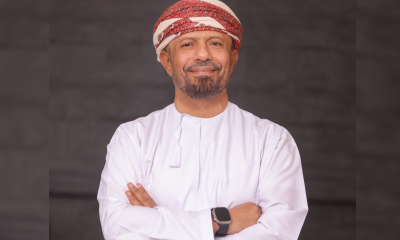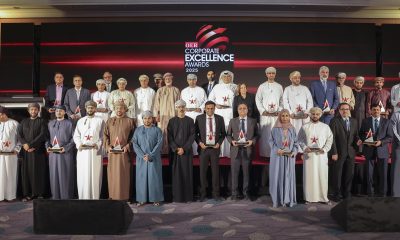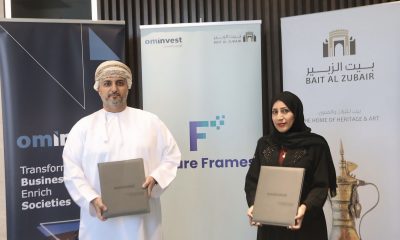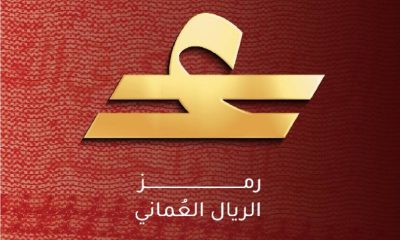Oil & Gas
Saudi Aramco Is the Most Profitable Company on Earth by Far

Saudi Aramco was the world’s most profitable company in 2018, easily surpassing U.S. behemoths including Apple Inc. and Exxon Mobil Corp., according to an extract of the firm’s accounts published by Fitch Ratings.
Yet the Saudi kingdom’s influence on the state oil producer via high taxation is also denting its profitability, with cash generated per barrel just a notch below that of Big Oil companies such as Royal Dutch Shell Plc. That’s getting in the way of Aramco achieving a much higher credit rating.
Aramco generated earnings before interest, tax and depreciation of $224 billion last year, Fitch said Monday, rating Aramco as A+ — the fifth-highest investment grade level — ahead of its debut in the international bond market. That’s significantly above the $82 billion of Apple or the $40 billion of Exxon Mobil.
The credit rating, a first for Aramco, offers a glimpse into the accounts of the company, which have remained secret since its nationalization in the late 1970s. The information will help investors assess the possible value of a once-in-a-generation deal for financial markets: the firm’s proposed initial public offering, originally targeted for 2018 but last year delayed until 2021.
The company is preparing to raise debt in part to pay for the acquisition of a majority stake in domestic petro-chemical group Sabic worth about $69 billion. The deal is a Plan B to generate money for Saudi Arabia’s economic agenda after the IPO was postponed. In effect, Crown Prince Mohammed bin Salman is using the firm’s pristine balance sheet to finance his ambitions.
Heavy Burden
Dependence on the company to finance social and military spending, as well as the lavish lifestyles of hundreds of princes, places a heavy burden on its cash flow. Aramco pays 50 percent of its profit on income tax, plus a sliding royalty scale that starts at 20 percent of the company’s revenue.
The A+ rating reflects the “strong links” between the company and the kingdom, and the influence the state has on Aramco through regulating the level of production, taxation and dividends, according to Fitch.
Saudi Aramco reported funds flow from operations — a measure closely watched by investors and similar to cash flow from operations — of $26 per barrel equivalent of oil last year, according to Fitch. That’s below what Big Oil companies such as Shell and Total SA enjoy, at $38 and $31 per barrel, respectively.
“Funds from operations, which is operation cash flows before working capital changes, is the best measure to compare oil companies profitability, since Ebitda does not take into account taxation,” Dmitry Marinchenko, senior director at Fitch in London, said in an interview.
Using data provided by Fitch about the company’s total oil and gas production last year and the cash flow per barrel, Bloomberg estimates that Aramco reported total fund flow from operations of about $130 billion last year. Although that’s significantly higher than what Big Oil produces, the difference isn’t a large as the Ebitda. Shell, for example, reported cash flow of $53 billion. Exxon reported cash flow last year of $36 billion.
Fitch’s A+ rating for Aramco is one level below the AA- for both Shell and Total. Exxon Mobil has a top Aaa rating from Moody’s Investors Service and a second-highest AA+ from S&P Global Ratings.
The oil giant has mandated banks to hold a roadshow for dollar-denominated notes from April 1, potentially including tranches from three to 30 years, according to a person familiar with the matter. Fitch said that Aramco planned to pay for the 70 percent stake in Sabic “in installments over 2019-21.”
The company will hold meetings with investors in coming days in cities including London, New York, Boston, Singapore, Hong Kong, Tokyo, Los Angeles and Chicago. Aramco picked banks including JPMorgan Chase & Co. and Morgan Stanley to manage the debt offering.
The bond plan, credit rating and the publication of the first extracts of Aramco’s accounts are all part of the ambitions of Prince Mohammed, who controls most of the levers of power in the kingdom, wants to pursue an IPO as part of his ambitions to ready the country for the post-oil age. Yet his ambition to secure a $2 trillion valuation has faced push back from global investors, prompting a delay in the IPO.
If he achieves the target, the offering will raise a record $100 billion by selling a 5 percent stake, dwarfing the record $25 billion raised by Chinese internet retailer Alibaba Group Holding Ltd. in 2014.
-

 Leaders Speak2 months ago
Leaders Speak2 months agoDhofar International Development and Investment Company: Driving Sustainable Growth and Strategic Synergies in Oman’s Investment Landscape
-

 Economy1 month ago
Economy1 month agoMaal Card: What Oman’s New National Payment Card Means for Everyday Users
-

 Events2 months ago
Events2 months agoOER Corporate Excellence Awards 2025 Honours Entities and Innovations in Oman
-

 Arts and Culture2 months ago
Arts and Culture2 months agoOminvest and Bait Al Zubair Launch “Future Frames” to Empower Youth through Art and AI
-

 News1 month ago
News1 month agoSheikh Suhail Bahwan, Chairman of Suhail Bahwan Group, Passes Away
-

 Economy1 month ago
Economy1 month agoOman Unveils Official Omani Rial Symbol in Landmark Move to Boost Global Currency Presence
-

 News4 weeks ago
News4 weeks agoOIG Appoints New CEO to Lead Its Next Chapter of Excellence
-

 News4 weeks ago
News4 weeks agoReport: How India & The Middle East Are Exploiting Immense Economic Synergies





























You must be logged in to post a comment Login